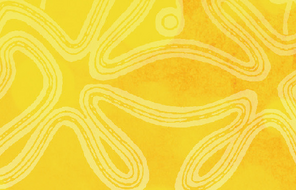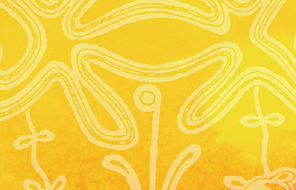Resource Library
Find compelling classroom resources, learn new teaching methods, meet standards, and make a difference in the lives of your students.
We are grateful to The Hammer Family Foundation for supporting the development of our on-demand learning and teaching resources.

Introducing Our US History Curriculum Collection
Draw from this flexible curriculum collection as you plan any middle or high school US history course. Featuring units, C3-style inquiries, and case studies, the collection will help you explore themes of democracy and freedom with your students throughout the year.
3349 Results
Truth and Reconciliation
Investigate the Truth and Reconciliation Commission of Canada and its role in helping individuals and the nation overcome the historical injustice and trauma of the Indian Residential Schools system.

Vérité et réconciliation
Examinez la Commission de vérité et de réconciliation du Canada ainsi que le rôle qu’elle joue pour aider les individus et la nation à surmonter le traumatisme et l’injustice historique du système des pensionnats autochtones.

History in Search of a Name
Examine the debate that led to a declaration describing the Canadian government's colonial policies toward Indigenous Peoples as “cultural genocide.”

L'histoire à la recherche d'un nom
Étudiez le débat qui a abouti à une déclaration caractérisant de « génocide culturel » les politiques coloniales du gouvernement canadien à l’égard des Peuples Autochtones.

Civic Choices
Explore the efforts of leaders and activists advocating for indigenous rights and culture, including young people using their history and culture to build bridges toward others and the future.

Choix civiques
Découvrez les efforts entrepris par les dirigeants et les militants qui défendent les droits et la culture des Peuples Autochtones, y compris les jeunes qui utilisent leur histoire et leur culture pour bâtir des ponts vers les autres et vers l’avenir.

Three Good Things
Students practice gratitude by naming and recording three good things that have happened that day.

Slow Down with The Slowdown
Students use poetry as a spark for reflection and discussion about what’s happening in their lives and the world.

Take a Stand
Students practice debate and perspective taking by taking a stand on a controversial statement.

Appreciation, Apology, Aha
Students reflect on the day by asking them to share an appreciation, an apology, and an “aha” moment.

Closing Challenge
Students identify one personal or academic goal that they would like to commit to in the week ahead.


